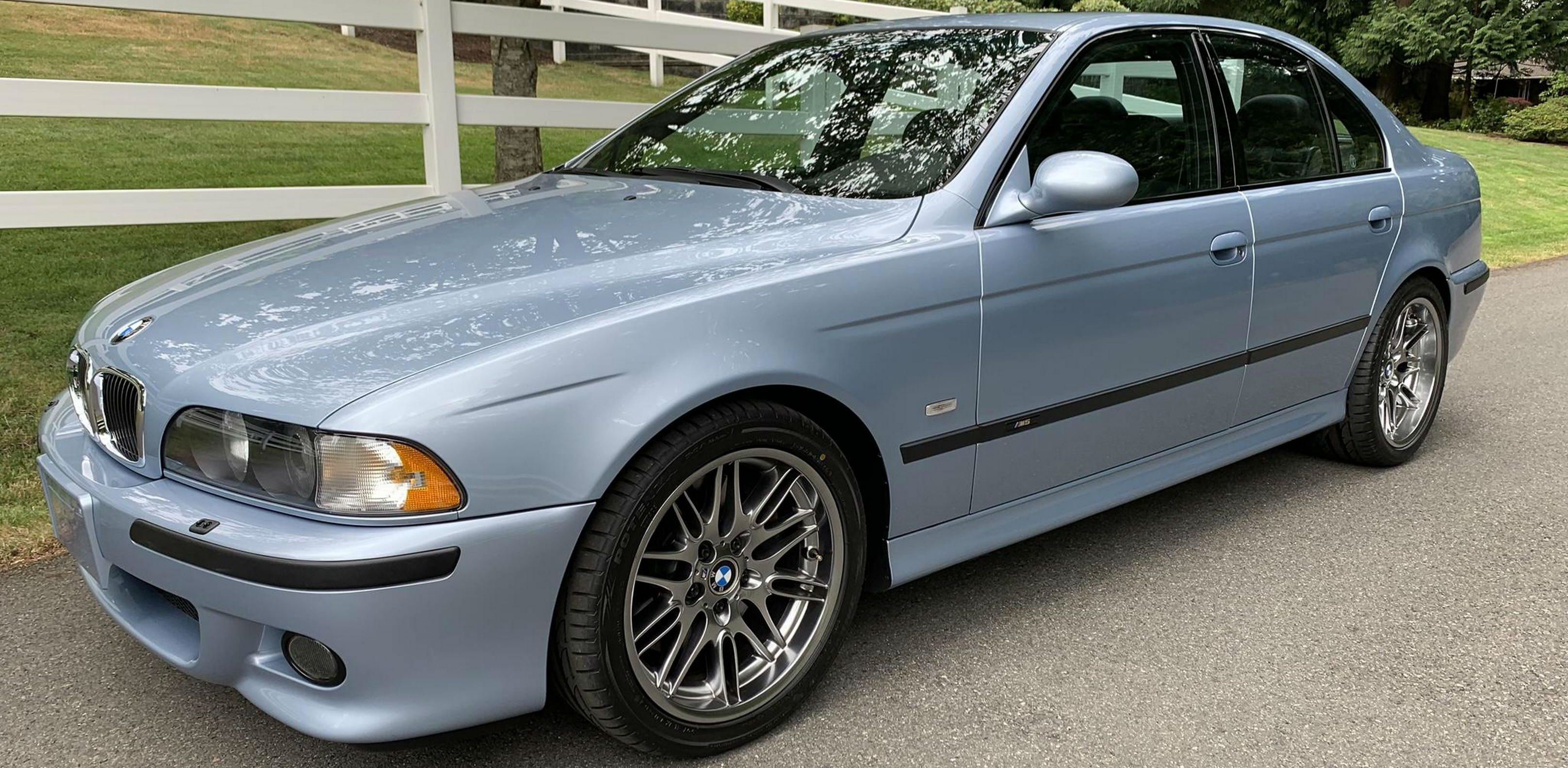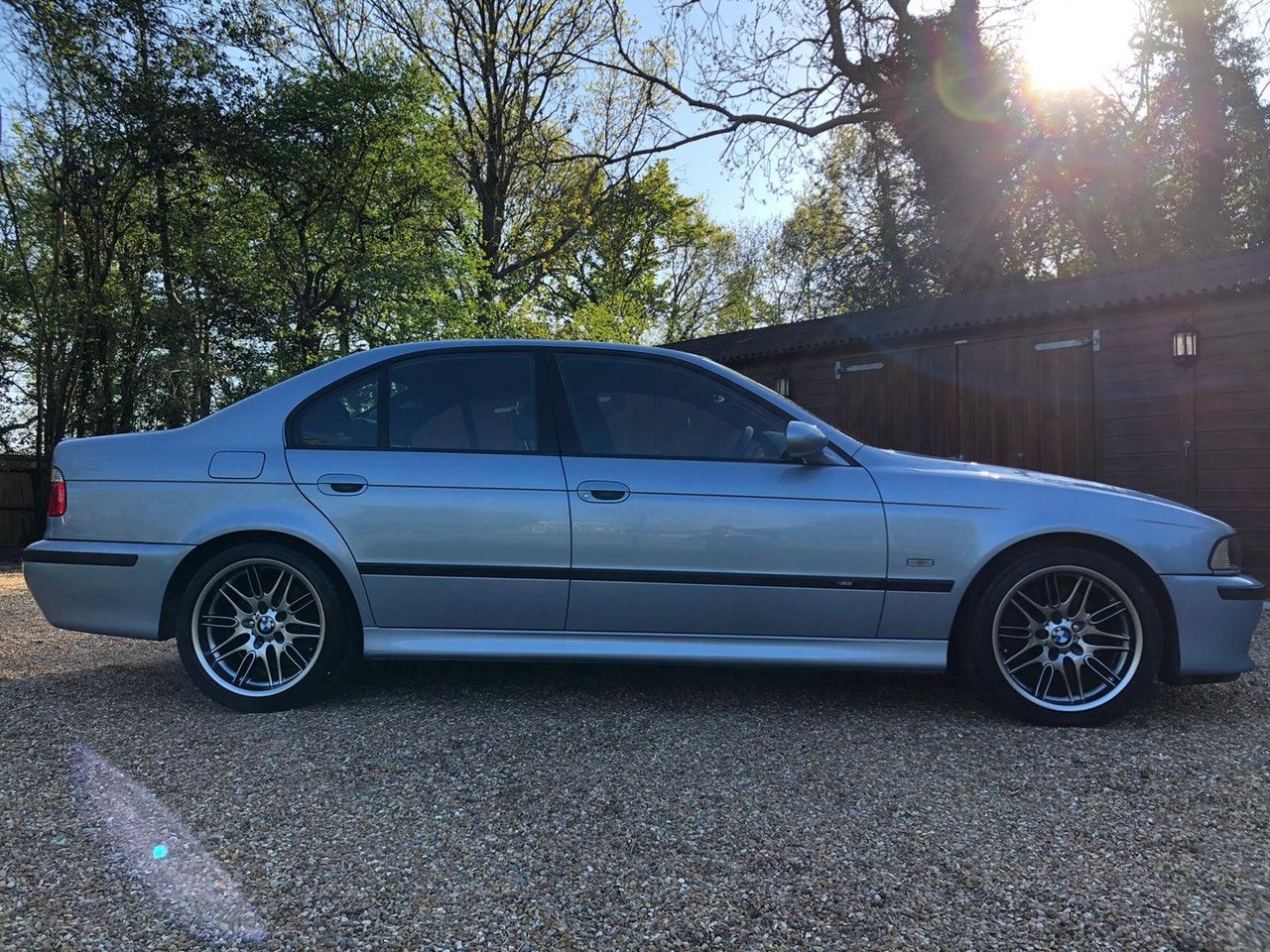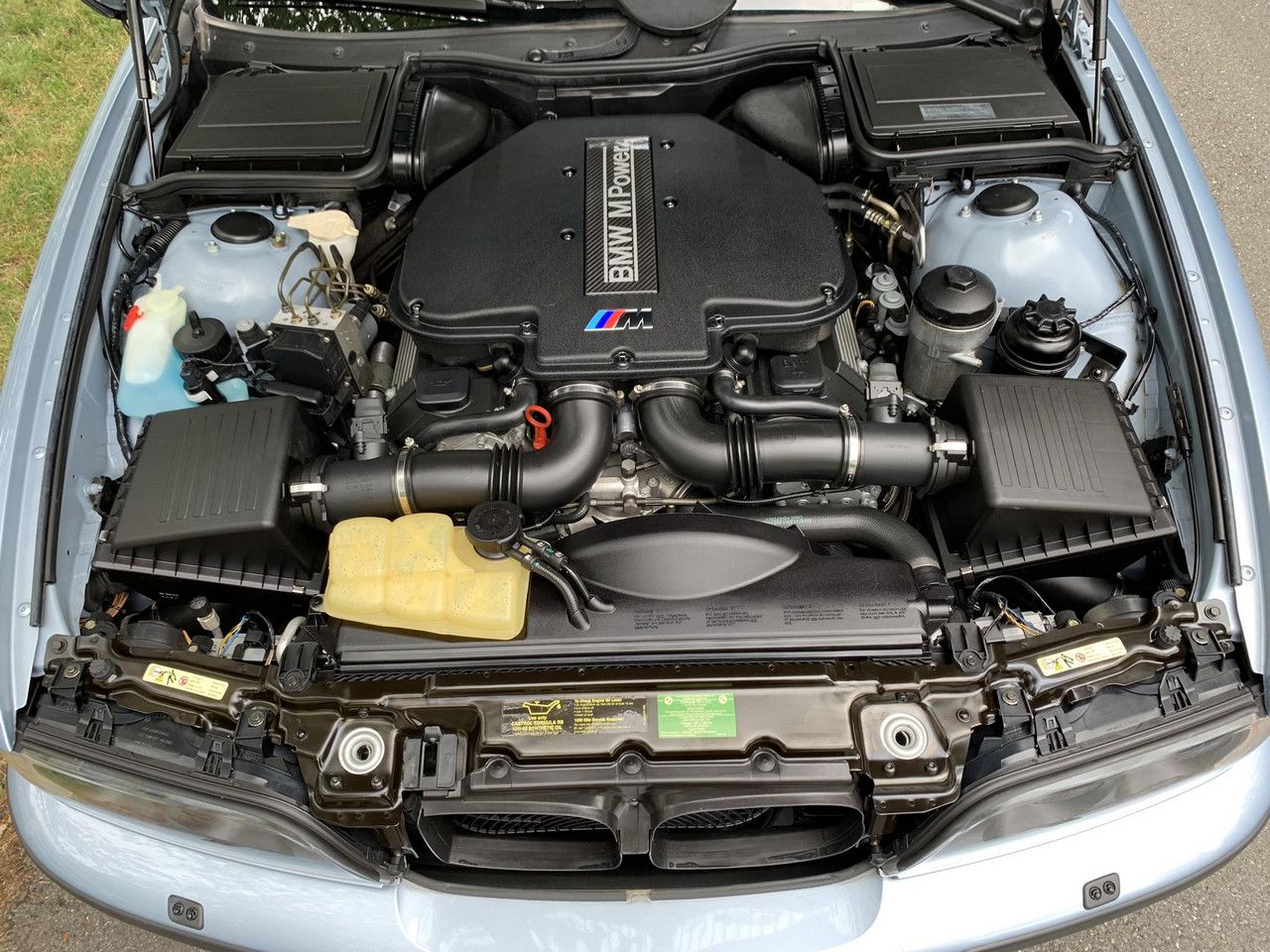BMW's M division — or BMW M GmbH, as it's officially titled — was first put together in 1972 with just 35 employees, launched as a way to help strengthen BMW's motorsport program. Thanks to extreme success — both on the track and road — BMW's M division has gone on to become a household name, with that all-important M badge synonymous with the very best in performance engineering.
Integral to this has been some of the iconic cars we've seen along the way. One of which is, of course, the much-loved M5, and more specifically the E39 generation. The E39 M5 first went on sale in 1999, following on from the E28 M5, E34 M5, and, although not quite a fully-fledged M car, the E12 M535i. Fast saloons were part of its DNA, then, but what resulted took that to a whole new level. The straight sixes of previous models were a thing of the past, with the E39 gaining a thumping V8 under the hood that would make most supercar drivers feel a little nervous. The move was extremely fruitful for BMW, too, with more E39 M5s made than the two previous generations combined.
Let's take a detailed look back at the BMW E39 M5 and what made it so special.
History Behind The E39 M5
To really understand the driving force behind the E39 M5, it's necessary to look back to where it all began: the legendary 3.0 CSL — or "Batmobile", as it was nicknamed for its aggressive looks and then-unparalleled speed. The Batmobile was a proper homologation special that dominated the European Touring Car championships, taking six titles between 1973 and 1979. It also saw success at the IMSA as well as back-to-back class wins at the Le Mans 24 hours in '73 and '74. This pedigree, this performance, set the tone for what was to follow.
Enter 1985, following the iconic M1, the E12 M535i, and the E24 M635 CSi, and we had the E28 M5. The E28 M5 was the birth of the true super saloon era for BMW. After all, it came with the same engine used in the M1, the M88 — a 24 valve, 3.5-liter lump giving out 278 bhp. Then came the E34, which was no slouch either. The E34 had a similar M1-derived straight-six, only it was 3.6 liters and pumped out 315 bhp — which was 3.8 in later models, with 340 bhp. So, then, with a history of legendary engines behind it, the E39 M5 was bound to be good. And it certainly didn't disappoint.
Why The E39 M5 Is So Special
The E39 M5 debuted in 1999 and went on sale at around $71,000, which is roughly $126,000 in today's money. It followed the same formula of previous generations: fast, practical, and luxurious. Only this time, though, the speed factor was taken up a couple of notches. Enter the first V8 to be used in an M car, the S62. The S62 was all aluminum, naturally aspirated, and had a displacement of 4.9 liters. It was also the first to feature BMW's double VANOS — which was variable valve timing for both the intake and exhaust cams — and came with individual throttle bodies for all eight cylinders. The result? 394 bhp, 369 lb-ft of torque, and sub 5 seconds to hit 60. While that may seem unimpressive when compared to the mind-boggling statistics of the F90 M5 — think 600 bhp and 3.1 seconds to 60 — it was, at the time, a similar performance to the average supercar. Plus, the E39 came with only a manual transmission, allowing you to take full advantage of that 7,000 rpm redline and hear that exhaust note in all its glory.
The handling and road feel was another of the car's many strong points, too, but BMW already had a very good starting point with the standard E39. Most chassis components were replaced with aluminum, making the M5 both lighter and stiffer. Stronger anti-roll bars, steel ball joints, and improved shock valving were added, too, which meant the E39 M5 could really move through corners, despite the car's overall weight and size.
What made the E39 M5 so appealing, though, is that it could do all the above, while also happily seating five with its comfortable, well-built interior — which came with high-quality leather and wood, depending on your preference — or makes a long-distance journey seem like a breeze. The looks were brilliant, too, arguably showcasing the very best in saloon styling BMW has given us. It had those boxy, period-correct design lines — which disappeared with later 5 series generations — and it was subtle, just as an M5 should be. There were some indicators of what it was capable of, however, with quad tailpipes, 18" alloys, a staggered wheel set up, and the coveted M5 badges. That was all that separated it from M Sport models of that era, though, but really, that was the point. The E39 was already a great looking car to begin with and small tweaks only enhanced this. With all things considered, then, it's no wonder why the E39 M5 is regarded so highly by enthusiasts.
Sources: Collecting Cars, WHEELS.Ca, DriveTribe, Autocar



